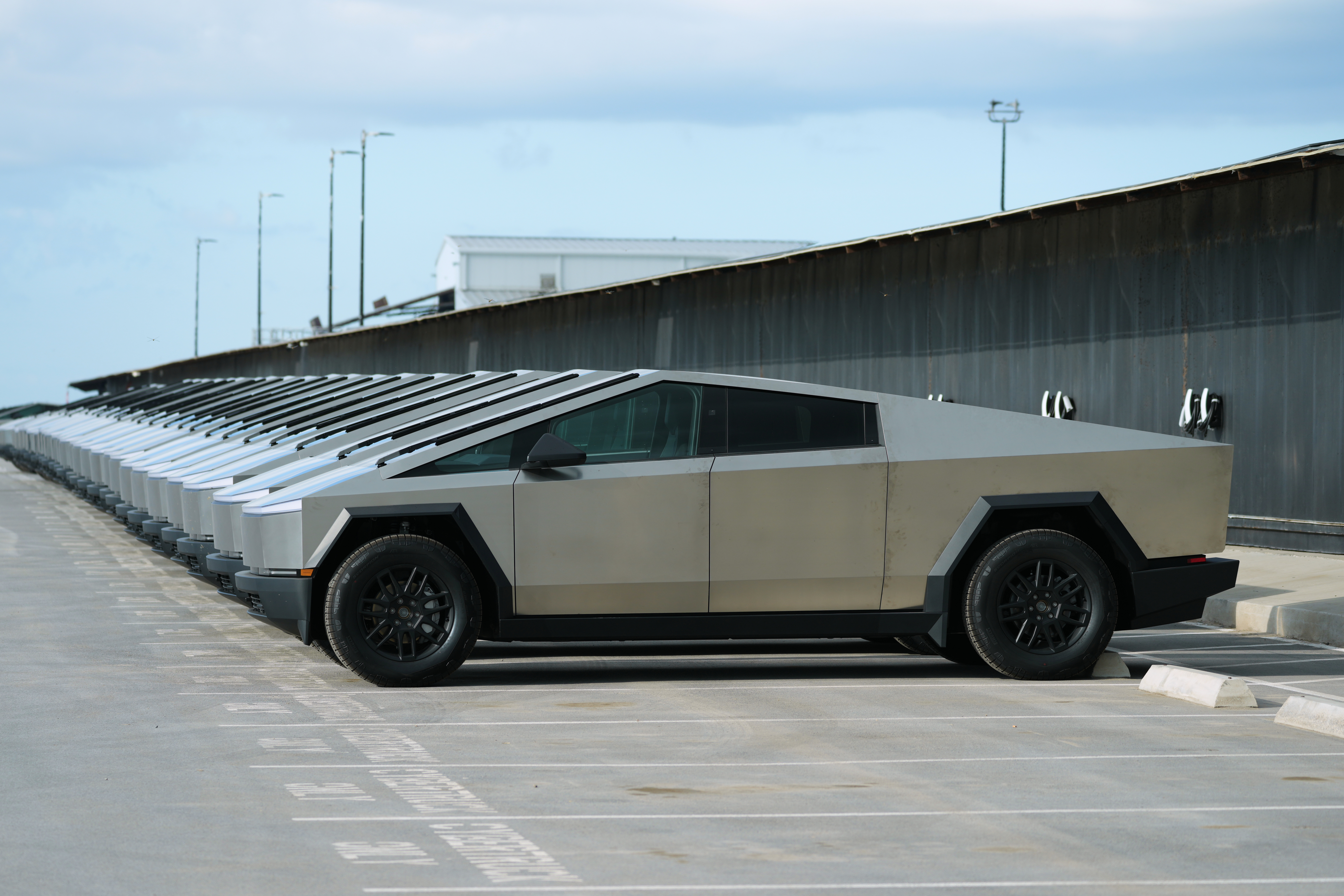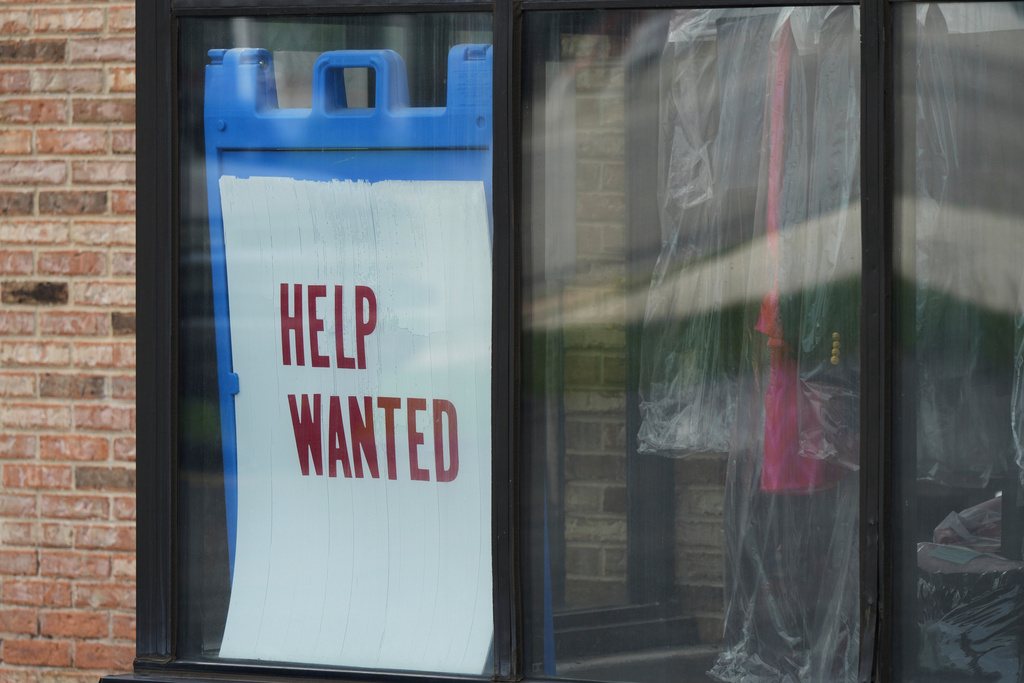Most of us may remember the select opportunity to dress down at work. Just ask the cast of "The Office."
But don’t worry, casual Fridays aren’t going anywhere. They might be turning into every day.
"I don't think that we should have to go to work all stuck up. I think you have to dress for what makes you feel good," said paralegal Keely Bouroncle, one of thousands of young employees who are undoing their top buttons as companies like Goldman Sachs and Virgin Atlantic loosen office dress codes.
"Sometimes I go in cargo pants with, you know, pointed toe shoes and a high neck top," Bouroncle said. "I do wear form fitting clothes and I don't think there's anything wrong with that."
In a 2021 survey by Captivate, 53% of business professionals from 501 white-collar jobs in the U.S. said their work attire has become more relaxed after pandemic lockdowns. But it wasn’t always that way.
Americans started off the 20th century in gowns and formal suits. As the decades went by, they shifted toward patterned clothes, fedora hats, pencil skirts and women’s revolutionary pantsuits.
Then came the 80s and 90s with the birth of "business casual" in Silicon Valley. In the early 21st century, tech companies started allowing employees to show up in hoodies and jeans. And now more industries are following suit.
Wardrobe stylist Jessica Cadmus believes the shift had to do with talent retention.
"A lot of the tech firms were snapping up all the sort of most prominent talent. And something that was very appealing to folks was a relaxed atmosphere, like a casual dress code," Cadmus said.

Is the fashion industry living up to promises of size inclusivity?
This edition of the "Better Beauty" explores why the fashion industry seems so slow to reflect a wider range of body types in clothing sizes.
The trend gained traction in recent years as employees shift back from Zoom meeting leisure to the office.
"People got really used to working at home and many people continue to work at home and so they're not as willing to like go out and purchase investment pieces when they're not utilizing them as often," Cadmus said.
According to Captive, 43% of those surveyed report seeing more jeans now than before the pandemic and 7% said they saw people wear pajamas to work. Yup — pajamas. But this growing trend can also add a source of stress — especially for women who are still fighting for equity in the workplace.
"These are brilliant, brilliant women, that they don't want to be seen as like being too heavily focused on aesthetic," Cadmus said.
Bouroncle’s TikToks, where she shares her work outfits, have drawn criticism from users who say the clothes are unprofessional.
"I think people have these old school views of how you're supposed to look," Bouroncle said. "Because corporate is supposed to be black and white and buttoned down. Who says what is the norm?"
On TikTok, younger generations are showing off their work wardrobes consisting of short skirts and crop tops.
Though fashion stylists like Cadmus think the trend can go too far.
"New talent that they're hiring have gone so far the other way that they're showing up to work and like very inappropriate things," she said.
But for Gen Z and millennials, the relaxing of formal attire is an opportunity to express themselves.
"It's important to, no matter what career you're in, to be able to still express your style and your fashion and how you are. Otherwise, it would be, you know, so uniform," Bouroncle said.










